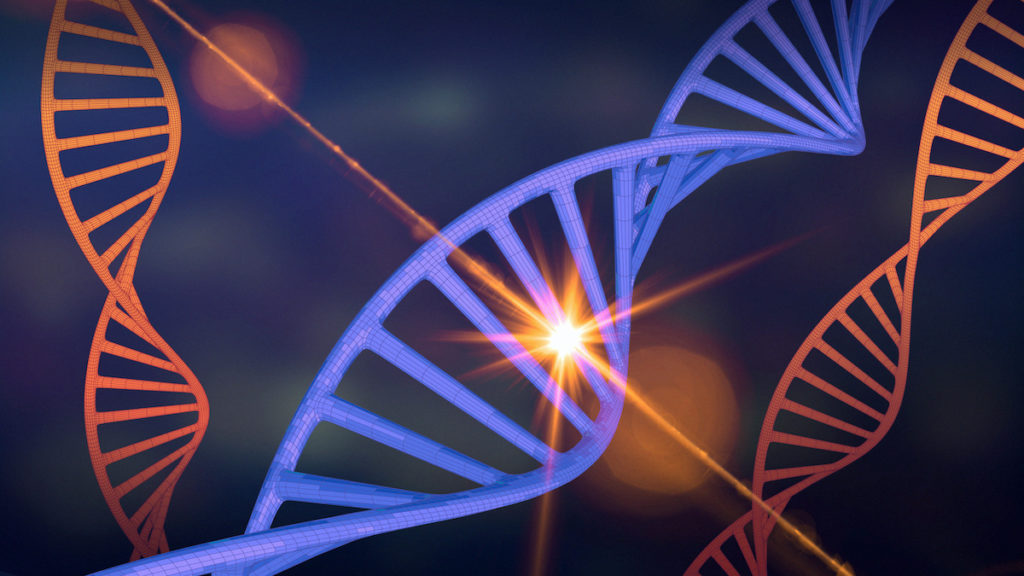
Living in a world with multiple spatiotemporal scales, the very small and fast can often drive the future of the very large and slow: Microscopic genetic mutations change macroscopic anatomy. Undetectably small variations in local climate change global weather patterns (the infamous “butterfly effect”).
And now, one more example comes from a new theory about why DNA on modern Earth only twists in one of two possible directions:
Our spirals might all trace back to an unexpected influence from cosmic rays. Cosmic ray showers, like DNA strands, have handedness. Physical events typically break right as often as they break left, but some of the particles in cosmic ray showers tap into one of nature’s rare exceptions. When the high energy protons in cosmic rays slam into the atmosphere, they produce particles called pions, and the rapid decay of pions is governed by the weak force — the only fundamental force with a known mirror asymmetry.
Millions if not billions of cosmic ray strikes could be required to yield one additional free electron in a [right-handed] strand, depending on the event’s energy. But if those electrons changed letters in the organisms’ genetic codes, those tweaks may have added up. Over perhaps a million years…cosmic rays might have accelerated the evolution of our earliest ancestors, letting them out-compete their [left-handed] rivals.
In other words, properties of the subatomic world seem to have conferred a benefit to the potential for innovation among right-handed nucleic acids, and a “talent” for generating useful copying errors led to the entrenched monopoly we observe today.
But that isn’t the whole story. Read more at Quanta.